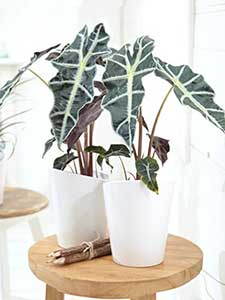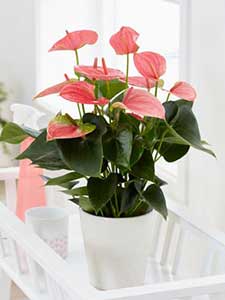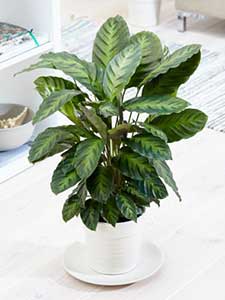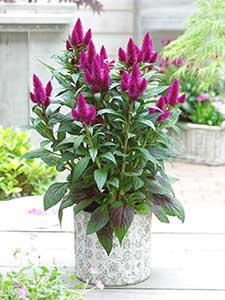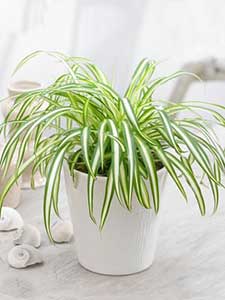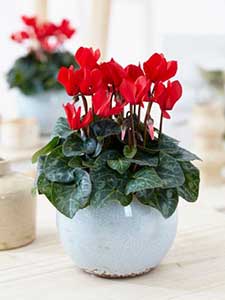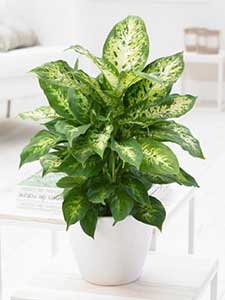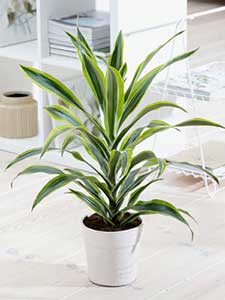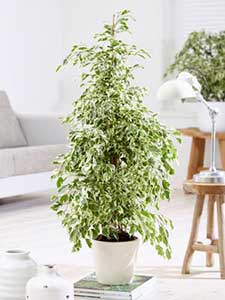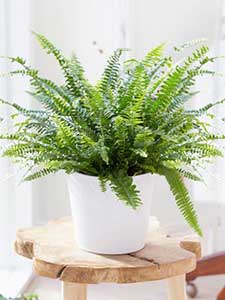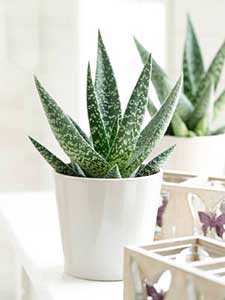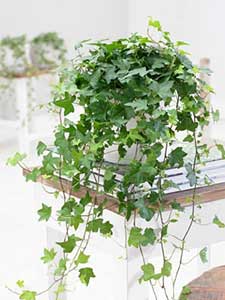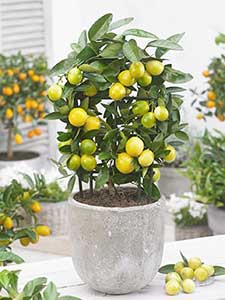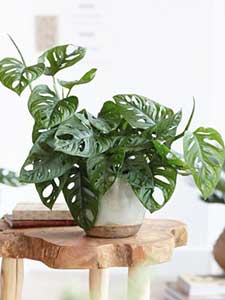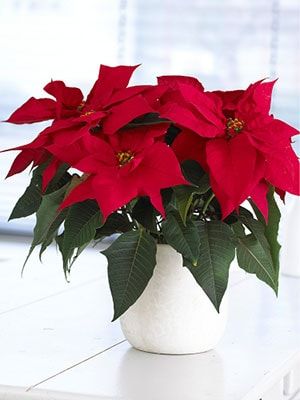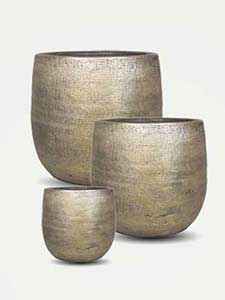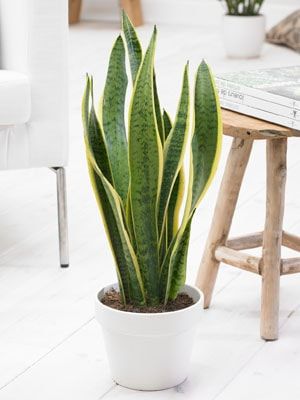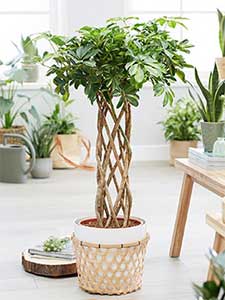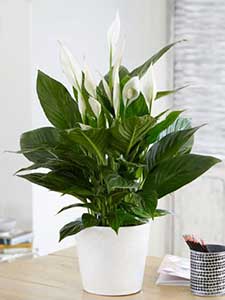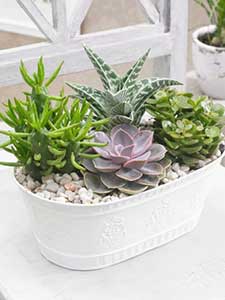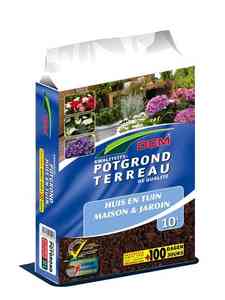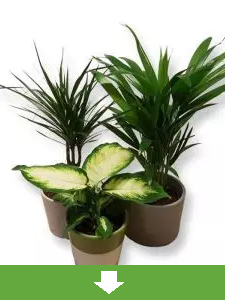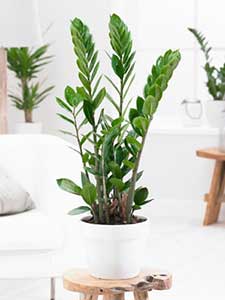Alocasia
L'Alocasia vient des tropiques d'Asie, principalement de l'Inde. Cette plante d'intérieur est aussi appelée taro ou oreille d'éléphant. Les feuilles vertes poussent longues et pointues en forme de flèche forte. C'est un bel accroche-regard, surtout dans un intérieur moderne. Elle aime un environnement chaud et très humide, alors donnez-lui beaucoup d'eau pendant la croissance active. Placez l'Alocasia dans une lumière vive et diffuse, pas en plein soleil.
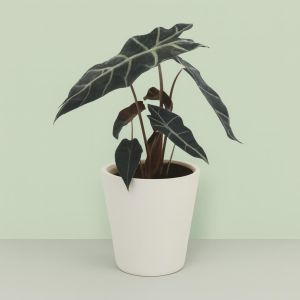
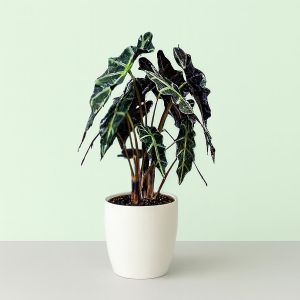
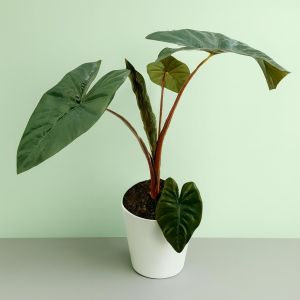
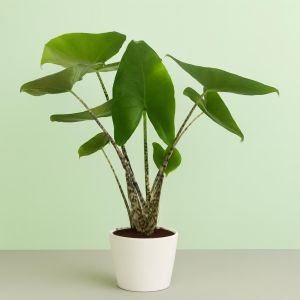
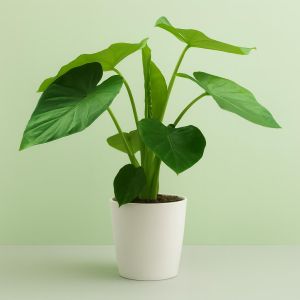 Alocasia Macrorrhizos P17Alocasia Macrorrhizos9,95 €Rupture de stockDécouvrez l'Alocasia Macrorrhizos P17, une plante d'intérieur verte de haute qualité prête à être installée dans votre maison. Avec une taille de pot de ø 17 cm et une hauteur de livraison de 60-80 cm, cette plante en pot nécessite un sol perméable à En savoir plus
Alocasia Macrorrhizos P17Alocasia Macrorrhizos9,95 €Rupture de stockDécouvrez l'Alocasia Macrorrhizos P17, une plante d'intérieur verte de haute qualité prête à être installée dans votre maison. Avec une taille de pot de ø 17 cm et une hauteur de livraison de 60-80 cm, cette plante en pot nécessite un sol perméable à En savoir plus
Beautiful leaves
The foliage of this plant is very striking and special. There is a variety of shapes, colors and patterns. The leaves of some Alocasias are a bit more pointed and in others a bit rounder. There are also serrated leaf types. Some varieties have beautiful white leaf veins. There are small and large Alocasias, some varieties can grow leaves of 1 meter! In the tropical rainforests, the leaves of the Alocasia are used as shelter. Many types of Alocasias are known, a number of which are suitable as houseplants.
Alocasia Zebrina
Perhaps the most famous and striking species is the Alocasia Zebrina, also known as the Zebra plant. This plant is characterized by the special zebra stripes on the stems, on which green heart-like leaves rise gracefully into the air. The Zebrina likes a lot of indirect sunlight. If your plant has pale yellow leaves, you know it has had too much sun. The zebra plant likes a slightly moist soil. If the top few inches of the soil is dry, water a little. The plant is a real urban jungle plant, which makes it very popular and will do well in your interior.
Alocasia Polly
The Alocasia polly is also called the Skeleton Plant. This is because the dark green leaves, which tend towards black, have thick white veins. This is because this is a plant that often grows in shade. Therefore do not put it in the sun or in a draft. This plant needs regular sips of water if you accidentally give it too much. Make sure the pot has a hole in the bottom and place a saucer underneath. This allows excess water to drain if you accidentally give too much.

